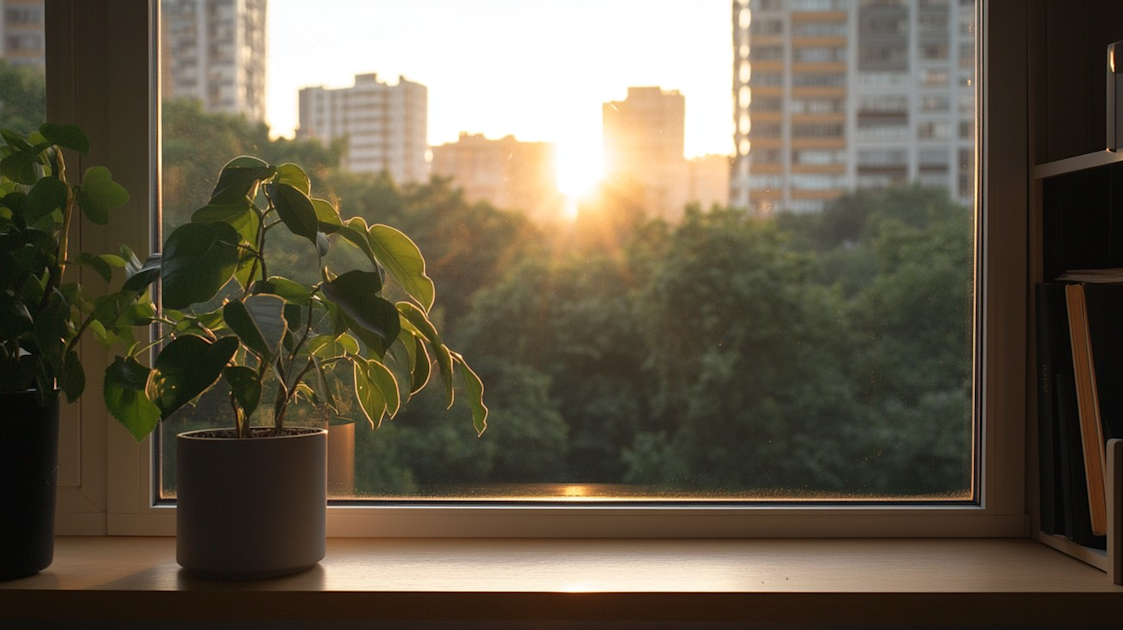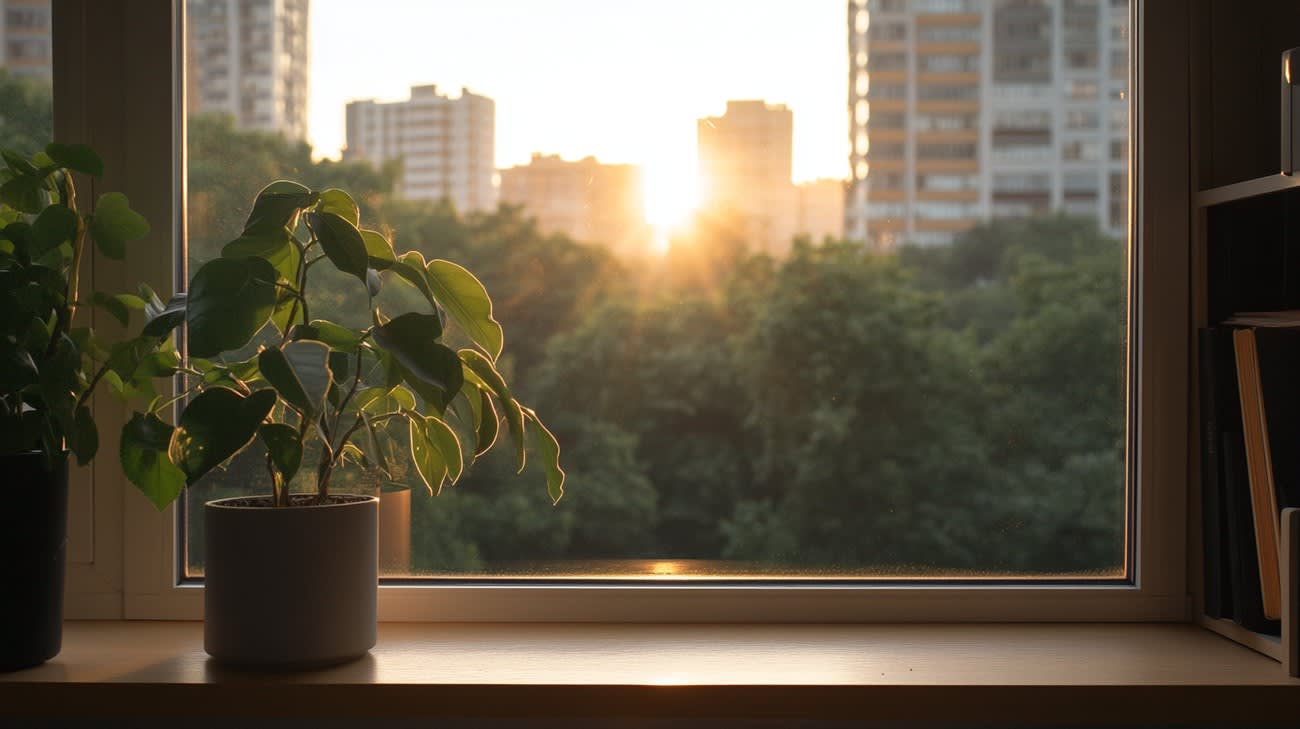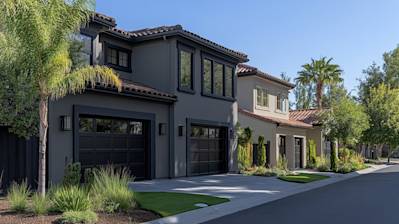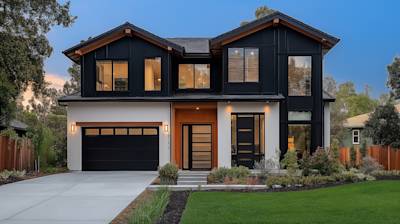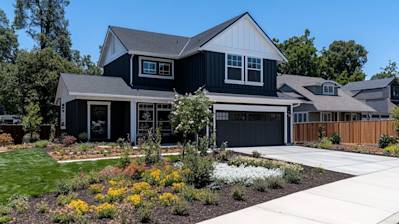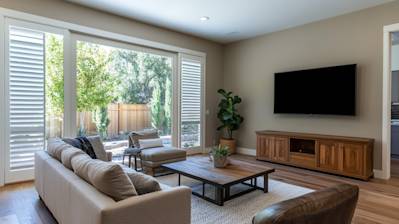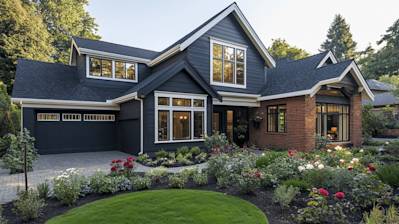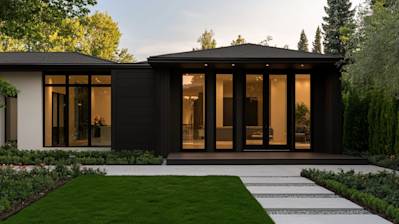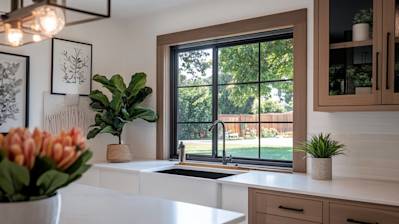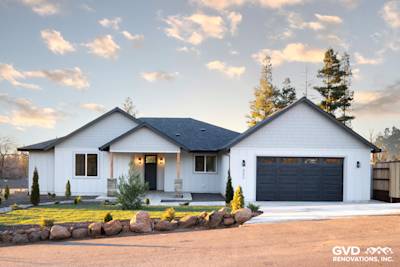The aim of this comprehensive guide is to explore and educate readers on the role that energy-efficient windows can play in your home, commercial space or any architectural design.
The concept behind energy-efficient windows also referred to as “green” windows, is quite simple. These are more than just pieces of glass; these are specially designed windows aimed at reducing energy costs and making buildings more environmentally friendly.
What Are Energy-Efficient Windows?
Energy-efficient windows are designed to prevent your heated or cooled air escaping from your home. Their increasing popularity is primarily due to their effectiveness in reducing energy bills and enhancing home comfort. These windows usually come with special coatings and enhanced framing materials intended to provide better insulation.
Understanding Energy-Efficient Windows
Energy-efficient window designs contribute significantly towards energy conservation by reducing the use of artificial heating and cooling in our homes. The beauty of using such an approach is that you get a return on your investment through energy saving.
Glass Type
Here are the most commonly used glass types in energy-efficient windows:
- Double-glazed windows: They have two glass panes with an inert gas filled in between, usually argon.
- Triple-glazed windows: They comprise three glass panes with argon or krypton gas filled in between.
Low-E Coating
The Low-E (Low Emissivity) coating is a microscopically thin layer of metal or metallic oxide that is applied to the window glass surface. The Low-E coating helps reflect radiant heat back into your room, thereby helping keep the room warm.
Frame Materials
Common frame materials include:
- Vinyl frames: Excellent thermal insulation, budget-friendly
- Wood frames: Good insulator, aesthetically pleasing but requires maintenance
- Fiberglass frames: Superb insulator, durable, and can be painted
- Aluminum frames: Durable but poor insulator
Seals and Spacers
Good quality seals and spacers are essential for maintaining a window's energy efficiency. They help prevent leaks and drafts, as well as condensation and frost.
How Energy-Efficient Windows Work
Understanding the mechanics behind energy-efficient windows can provide a greater appreciation for their importance. They deliver their energy-saving capabilities via the following:
- Insulation: These windows help keep your home insulated by limiting heat transfer, contributing towards a consistent interior temperature.
- Solar Heat Gain Coefficient (SHGC): It is the measure of how much solar radiation an energy-efficient window can block. The lower the SHGC number, the less solar heat the windows allow to pass.
- U-Factor: The U-Factor or U-Value is the measure for heat conductivity. The lower the U-Factor, the more resistant the window is to heat flow, hence more energy-efficient.
The Benefits of Energy-Efficient Windows
Upgrading to energy-efficient windows presents you with numerous benefits, mainly revolving around improved comfort and reduced energy bills. Here is a list of rewards that come with the installation of energy-efficient windows:
- Cost Savings: They reduce the amount of energy required to heat or cool your house, saving you on energy bills.
- Improved Comfort: Energy-efficient windows limit heat transfer, keeping your home at a consistent temperature year-round.
- Increased Property Value: The installation of energy-efficient windows often increases your home's resale value as potential buyers appreciate the cost savings and comfort they offer.
- Reduced Carbon Footprint: By consuming less energy, you contribute less to greenhouse gas emissions, reducing your carbon footprint.
Choosing the Right Energy-Efficient Window for Your Home
The process of choosing an energy-efficient window must be guided by your specific needs and your home's location. Here are a few factors that can help guide your selection:
- Determine your budget.
- Consider your specific needs such as noise insulation or UV reduction.
- Check the Energy Star rating for energy efficiency.
- The U-Factor and Solar Heat Gain Coefficient should guide your decision.
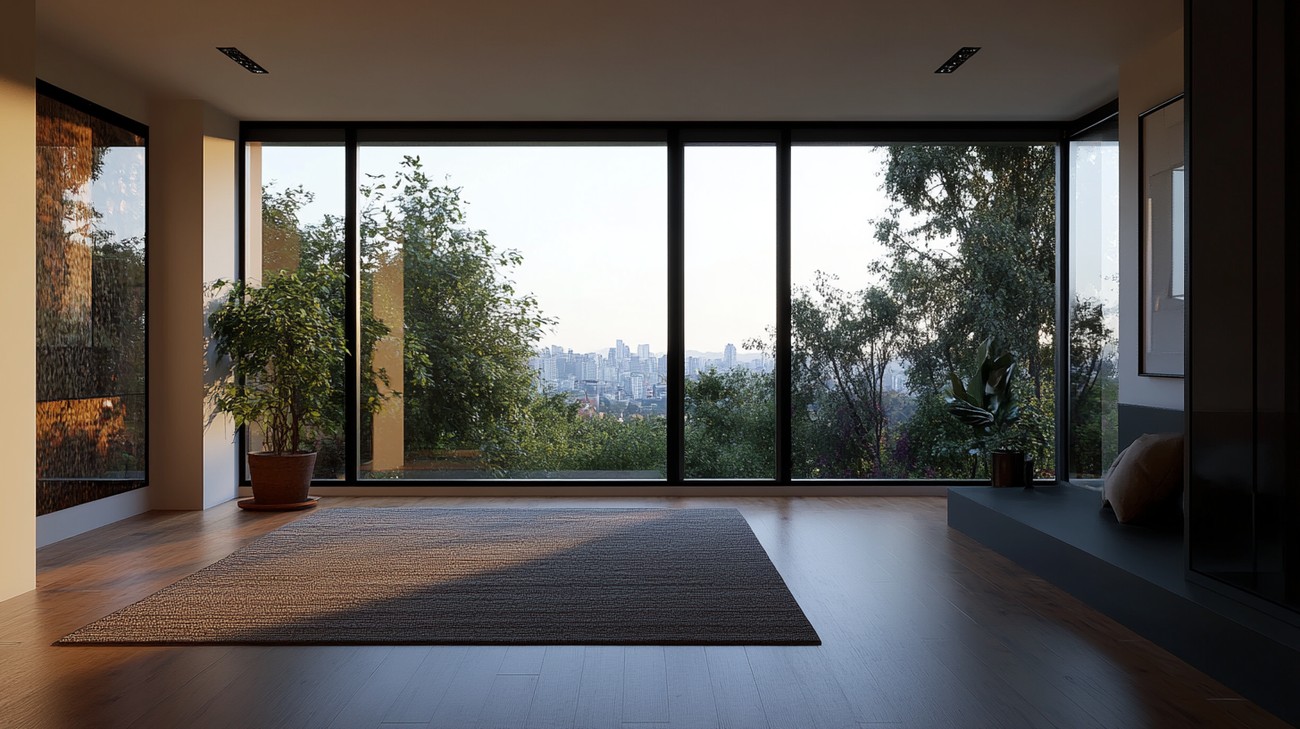
Frequently Asked Questions about Energy-efficient Windows
What is Low-E in an Energy-Efficient window?
Low-E, short for Low Emissivity, is a special coating applied to the glass of energy-efficient windows. This highly reflective coating helps to keep the temperature in your home stable by reflecting heat and ultraviolet rays away while still letting light pass through.
Why should I consider Energy-Efficient Windows?
Energy-efficient windows can significantly lower the cost of heating and cooling your home. They can keep your home cooler in summer by preventing cool air from escaping and hot air from entering. Similarly, during winter, they can hold heat in your home. Not only can these windows save you money, but they also reduce your carbon footprint by lowering energy consumption.
How are Energy-Efficient Windows rated?
The energy efficiency of windows is rated by the National Fenestration Rating Council (NFRC). The NFRC uses specific categories including solar heat gain coefficient (SHGC), the U-factor, visible transmittance (VT), and air leakage (AL), to rank the windows. The lower these ratings are, the more efficient the window is.
How much can I save with Energy-Efficient Windows?
The exact amount you can save with energy-efficient windows depends on several factors including current heating and cooling costs, the type of windows you have now and the climate where you live. On average, you can save up to 15% a year on your energy bill by replacing your single-pane windows with energy-efficient windows.
Are there any incentives for installing Energy-Efficient Windows?
Yes, there may be potential incentives available. Many local, state, and national programs offer incentives, rebates or tax credits for the installation of energy-efficient windows. The specifics of these programs can vary, so it’s advisable to research or consult a professional in your area for more information.
How to know if my current windows are energy-efficient?
If you want to find out if your existing windows are energy-efficient, look for the NFRC label. This label provides ratings on energy performance. If your windows don’t have this label, you can also ask a professional for an energy audit, which can provide evaluations of your windows among other energy-related aspects at home.
How much more does an Energy-Efficient Window cost?
Energy-efficient windows might be more expensive upfront when compared to standard windows. However, the exact difference varies depending on factors such as the window style, size, and features. Keep in mind, through savings on energy bills, these windows can pay for themselves over their lifespan.
Can I install Energy-Efficient Windows myself?
Installing energy-efficient windows requires the accurate fitting of the window unit into your wall to ensure its insulating properties are maximized. While it’s possible to do it yourself if you are experienced in window installations, it’s recommended to hire a professional installer to guarantee optimum performance.
What maintenance is required for Energy-Efficient Windows?
Just like regular windows, energy-efficient windows require cleaning for optimum performance. Cleaning is usually as simple as using a gentle cleaner and a soft cloth. Check with the manufacturer for any specific maintenance advice for your windows.
Pros of Energy-Efficient Windows
Lower Energy Costs
One of the main attributes that make energy-efficient windows attractive to consumers is their potential to significantly reduce energy costs. Insulated glass and low-e coatings on these windows can dramatically reduce heat transfer, keeping the temperature inside your space steady and comfortable.
Saving on Heating/Cooling
With energy-efficient windows, your cooling and heating system may last longer. The windows provide an extra buffer against outside conditions, thereby reducing the workload on your HVAC system. They help maintain a constant temperature inside the home, minimizing fluctuations and relief from external weather conditions.
Reduced Energy Consumption
Energy-efficient windows contribute to sustainability goals by reducing energy consumption. The less heat or cold they let in or out your home, the less energy you need to maintain your ideal temperature. This reduced energy consumption is not just beneficial for individual homeowners but also for the environment as a whole, helping to reduce the overall demand for energy and, thereby, reducing greenhouse gas emissions.
Enhanced Comfort
Noise Reduction
If you live in a populated area where outside noise is common, energy-efficient windows can reduce the noise levels inside your home. These windows are typically designed with multiple panes and specific type of gases between the panes, reducing noise transmission.
Reduced Condensation and Frost
The insulating layer in the glass of energy-efficient windows helps prevent condensation and frost from forming. The interior surface of the window stays warmer, so even when the warm air inside the home comes into contact with it, it's less likely to cool down enough to have water vapor condense on it.
Improved Home Value
Energy-efficient windows can increase the resale value of your home. Prospective buyers are likely to appreciate the enhanced comfort, reduced energy costs, and environmental benefits that these windows deliver, leading them to pay more for homes that feature such windows.
Cons of Energy-Efficient Windows
High Upfront Cost
The initial cost of energy-efficient windows is higher than that of traditional windows. This is due to the specialized materials and technologies that go into their manufacture. Installation can also be more expensive because it often requires professional help due to the windows' complexity.
Not Ideal for All Climates
Though energy-efficient windows perform excellently in many climates, they might not be the best choice in all climates or for all types of houses. For instance, in areas with extreme heat, the windows' insulating properties could trap the heat inside the house, making it more uncomfortable.
Issues with Low-E Coating
While Low-E coating is a great feature that helps to reduce UV rays entering your home, it can sometimes cause issues. For example, it may interfere with the growth of some indoor plant species that require large amounts of natural sunlight.
Replacement May be Needed
Over time, the seal between the double or triple panes in energy-efficient windows can fail, leading to clouding or condensation between the panes, which can adversely impact the windows' performance. In such cases, replacing the window might be the only solution, which could be costly.
Visual Alterations
Some individuals might not like the slightly tinted appearance that comes with Low-E coatings on energy-efficient windows. This can change the quality of light coming into your home and affect your view of the outdoors.
Increased Interior Lighting Requirements
With specific types of energy-efficient windows that significantly reduce the amount of natural light entering your space, you may need to rely more on artificial lighting during the day, which could modestly increase your electricity usage.
Summary
So, to wrap things up with energy-efficient windows, it really is a win-win situation. Not only do they cut down on your monthly bills by reducing energy usage, but they also lessen the load on the environment. Imagine a cooler home in the summer and a warmer one in the winter without cranking up your HVAC system.
Additionally, let's not get started on the added comfort they provide. There's a noticeable reduction in outside noise, owing to their design. Plus, they also protect your home's interior from the damaging effects of the sun. So, there's an incentive for everyone - whether you're more for the cost-savings, or the comfort, or even both.
But, don't just go for any energy-efficient windows. Be sure to choose those with an Energy Star rating. The rating is an assurance of quality and efficiency. It might cost a bit more upfront, but it's truly an investment that pays off in the long run. And while we're on it, don't forget to hire a professional for installation to ensure the best results.
About GVD Renovations & Remodeling
GVD Renovations & Remodeling is a home renovation company based in the beautiful Roseville, California. We're passionate about transforming houses into dream homes. Our skilled team of professionals is dedicated to providing top-notch renovation services covering everything from flooring and siding to bathroom and kitchen remodeling. Whether you're keen on a simple update or a complete overhaul, GVD Renovations & Remodeling' commitment to quality service and attention to detail is unwavering. Our mission is simple: to create stunning, functional spaces that suit the lifestyles of our clients, enhancing the comfort of their homes. It's more than just renovation, it's redefining your space.
Tags: windows, energy efficiency, home improvement,



